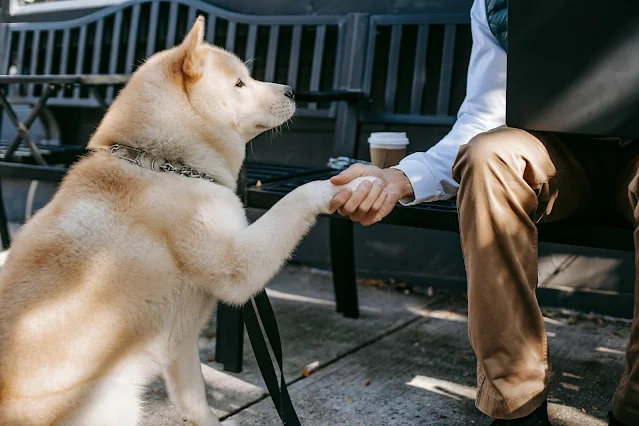Tackling Pet Pudge: A Guide to Keeping Your Furry Friend Fit and Fab
Hey pet parents! We all want our fluffy pals to thrive, and that means looking out for their health. But with pet obesity rates on the rise, it's time to get serious about keeping our pets in tip-top shape. So, let's dive into how to spot if your pet's packing on a few extra pounds and what you can do to help them slim down and stay healthy.
Spotting Chubby Checkers
Spotting if your pet's tipping the scales can be a bit of a challenge, especially if those ounces have been sneaking up on you. But fear not! Here are a few telltale signs to keep an eye out for:
1. Rib Check
Give your pet's ribs a gentle pat-down. Ideally, you should be able to feel them beneath a light layer of fluff. If they're buried under a cushion of fat, it's time to take action.
2. Shape Shift
Take a bird's-eye view of your buddy. They should have a defined waistline behind their ribs. If they're looking more like a marshmallow than a lean machine, it might be time to rethink their diet.
3. Sluggish Moves
Watch how they strut their stuff. If they're moving slower than a snail, struggling to get up or down, or panting after a short stroll, those extra pounds might be weighing them down.
4. Scale Creep
Keep tabs on their weight over time. Sometimes, a few extra ounces can sneak up on you, so it's essential to track their progress and nip any weight gain in the bud.
Slimming Down Strategies
Ready to help your pet shed those unwanted pounds? Here's the game plan:
1. Vet Check
Book a visit to your vet for a full health assessment and weight check. They'll help you set a target weight and whip up a personalized plan to get your pet back on track.
2. Food Fix
Work with your vet to tweak their diet. Opt for portion control and switch to a balanced, calorie-controlled food that suits their needs and weight loss goals.
3. Move More
Get them off the couch and onto their paws! Aim for at least 30 minutes of exercise each day, whether it's a brisk walk, playtime, or a game of fetch. It's all about getting that heart rate up and those calories burning.
4. Progress Check
Keep an eye on their progress and adjust their plan as needed. Regular weigh-ins and check-ins with your vet will help you stay on track and make any necessary tweaks.
5. Preventing Pet Pudge
Prevention is key when it comes to keeping your pet trim and healthy:
B. Ditch the high-calorie treats and opt for healthier options.
C. Keep them active with plenty of playtime and mental stimulation.
D. Schedule regular vet check-ups to catch any weight gain early.
By staying vigilant, recognizing the signs of obesity, and taking proactive steps to address any weight issues, you can help your pet live their best life. Remember, a balanced diet, regular exercise, and ongoing vet care are the keys to success when it comes to managing your furry friend's weight.


Comments
Post a Comment